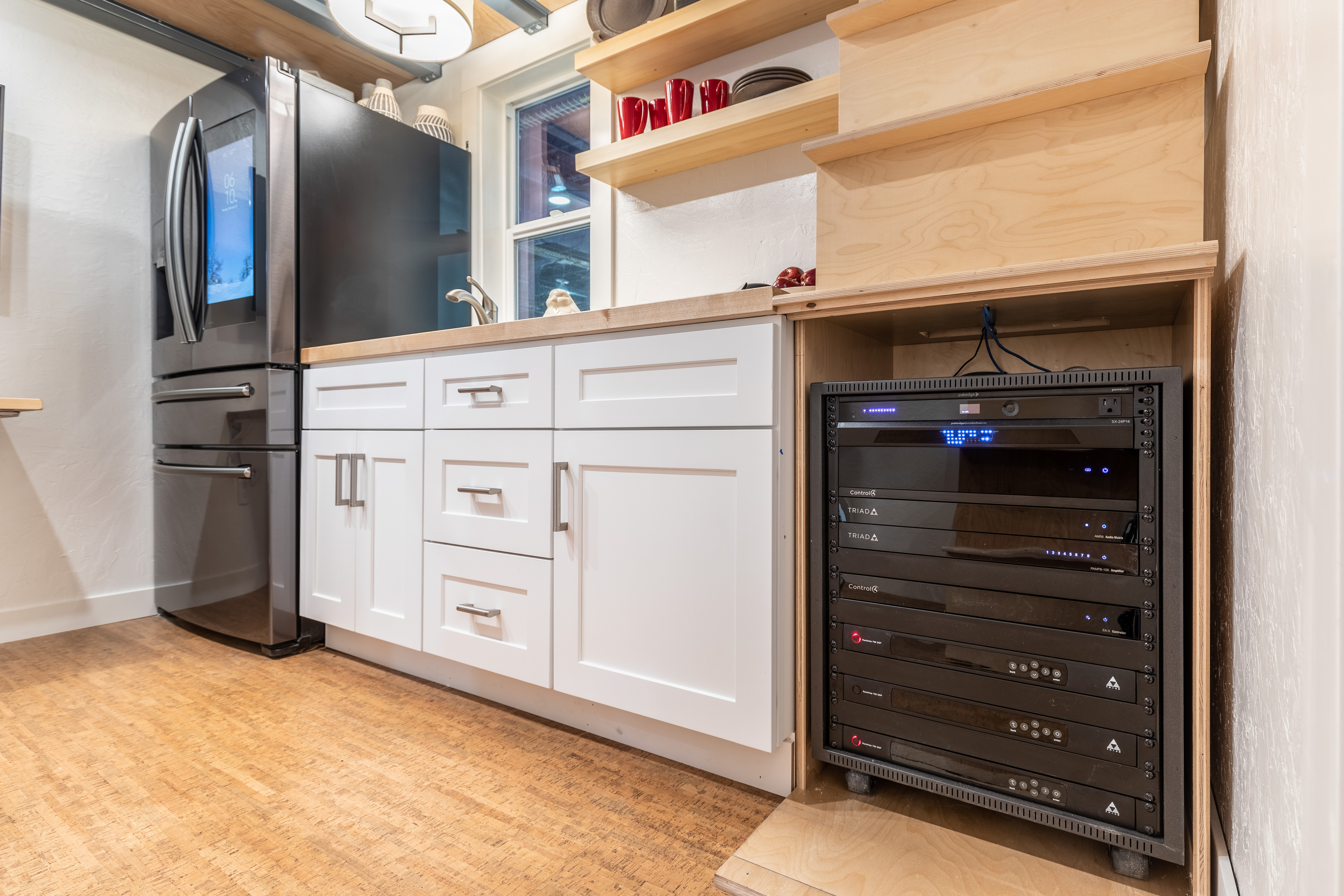 Why is surround sound important in a home-theater setup?
Why is surround sound important in a home-theater setup? Surround sound is one of the two crucial components of a home theater, the other being HDTV. Surround sound makes it easier to catch the dialogue in your favorite prime-time TV show and experience the action while watching a movie.
Surround sound goes beyond the ordinary stereo to produce multi-channel effects for movies, television and music. This primer will limit itself mainly to surround standards, formats and features used in the home, though you should know that there are many other surround technologies for movie theaters, cars, and other uses.
What is Surround Sound?While stereo and surround sound may both be elaborately recorded with multi-track equipment, they differ in the final mixdown. Stereo, as it is known to most people, is mixed down to a two-channel format. Surround, on the other hand, is most commonly mixed down to at least five channels, and as many as seven channels, plus a subwoofer track—though surround standards continue to evolve. Consumers first encountered surround sound in Walt Disney's Fantasia (1940). By the 1970s, Dolby Laboratories was creating surround standards for use in movies like A Star Is Born (1976 remake) and Star Wars (1977). Dolby Surround then migrated into the home via the stereo soundtracks of videotapes and discs. Since then surround sound has been one of the two crucial components of home theater, the other being big-screen HDTV.
Isn't Stereo Good Enough for Movies and TV?To get the best out of contemporary movies and primetime TV programs, nearly all of which are made in surround sound, accessing those surround soundtracks is an absolute must. By adding a front center channel to firm up volume, surround sound makes it easier to catch dialogue, a big help whether your taste in movies runs to action spectaculars or cerebral art films. By adding two or more surround channels, surround sound enhances the dramatic impact of many scenes, from the gentle patter of rainfall to rambunctious car explosions. And finally, by adding a subwoofer, surround sound firms up the bass, giving low-frequency effects more physical impact.
Does Surround Sound Work with My Music?While much of recorded music is in stereo, there is a growing body of surround-encoded music programming on Blu-ray, DVD-Video, SACD, DVD-Audio and other formats. Only a surround system will provide the full music experience. In addition, stereo-to-surround listening modes can adapt two-channel sources like CDs and LPs to 5.1 or 7.1 channels, providing some of the benefits of surround. The center speaker repairs a major flaw of two-channel listening - the "hole in the middle"- while the surrounds provide a feeling of concert-hall envelopment; the subwoofer gives instruments like bass guitar and drums more rhythmic excitement, pacing and accuracy. In general, the same things that make surround sound indispensable for movies also make it highly desirable for music.
How Can Surround Sound Fit into My Home?Like stereo, surround can fit into homes in a variety of ways.
Signal Sources: Surround sound enters the home in many ways including broadcast TV, cable TV, satellite TV, telco TV, Blu-ray, DVD, SACD, DVD-Audio, Xbox, PlayStation, Wii and other formats. Even old videotapes and laserdiscs may have Dolby Surround embedded in their stereo soundtracks.
Equipment: Surround can be implemented in a single device, such as a surround bar speaker. You can also purchase a simplified form of it in a "home theater in a box" system. This kind of product is easy to set up and use. If you want higher performance, several cool source components, and are willing to work a little harder, get a surround receiver to serve as the hub of your home theater system. Finally, the most determined high-enders break the surround receiver's functions into separate components known as surround preamp-processors and multi-channel amps. This allows the amps to be larger and more powerful.
Number of Channels: The minimum surround setup is typically a 5.1-channel speaker array. That includes left, center, and right speakers in the front of the room and at least two side-surrounds on the side walls toward the back of the room. A 6.1- or 7.1-channel speaker array adds one or two back-surrounds on the back wall. The ".1" is always a subwoofer, which produces only low bass and usually comes with its own internal amplifier.
Note on Back-Surrounds: It's important to distinguish between the number of surround-processing channels and the number of amplifier channels and speakers that serve them. For example, Dolby Digital EX uses 6.1-channel signals, but is usually implemented in home theater systems with seven speakers and subwoofer.
Types of Surround Speakers: Front left and right speakers can be any size. Because the subwoofer handles low bass, the front speakers needn't be large, though some longtime hi-fi enthusiasts still prefer tower speakers that produce a full range of frequencies. The center speaker may be a horizontal design, which can perch atop a direct-view TV or rear-projector. However, acoustically, it's more desirable for the center speaker to perform identically to the front left/right speakers so that output and tonal quality are perfectly matched across the three front channels-you'll notice a mismatched center when a sound pans from side to side. The side-surrounds may be clones of the front speakers or may use bipole/dipole designs with drivers in multiple planes for better dispersion. Side-and back-surrounds are generally small speakers. In-wall and on-wall speakers can be a big help, making the side- and back-surrounds - or even the whole system - less intrusive.
Matching Systems to TV Types: While you can match any kind of surround system to any kind of video display, there are some configurations that make especially good sense. To complement a wall-hung flat-panel TV, consider surround bar, on-wall, in-wall, or compact satellite/subwoofer speakers. For a flat-panel or other TV on a stand or shelf, consider compact sat/sub sets or chunkier bookshelf speakers. For rear-projection TVs, stand-mount or floorstanding speakers would work. For a front-projection system, the speakers may be kept behind a perforated screen, so this is an especially good opportunity to go for heavy artillery - speakers and muscle amps to drive them, big subwoofer, maybe multiple subwoofers.
What Do I Need to Know about Dolby, DTS, and THX?These are competing standard-setting organizations. Manufacturers tend to license each new generation of technologies from Dolby Laboratories and DTS Inc. simultaneously, so you needn't worry that your equipment will handle one but not the other. Instead, pay attention to generational shifts, such as the recent additions of Dolby TrueHD to the older Dolby Digital, and DTS-HD to the older DTS Core. THX certification is an enhancement to the mainstream surround standards—it enables THX-certified equipment to get the best out of the Dolby and DTS surround standards
(source:
digitaltips)
Tags: Surround Sound




